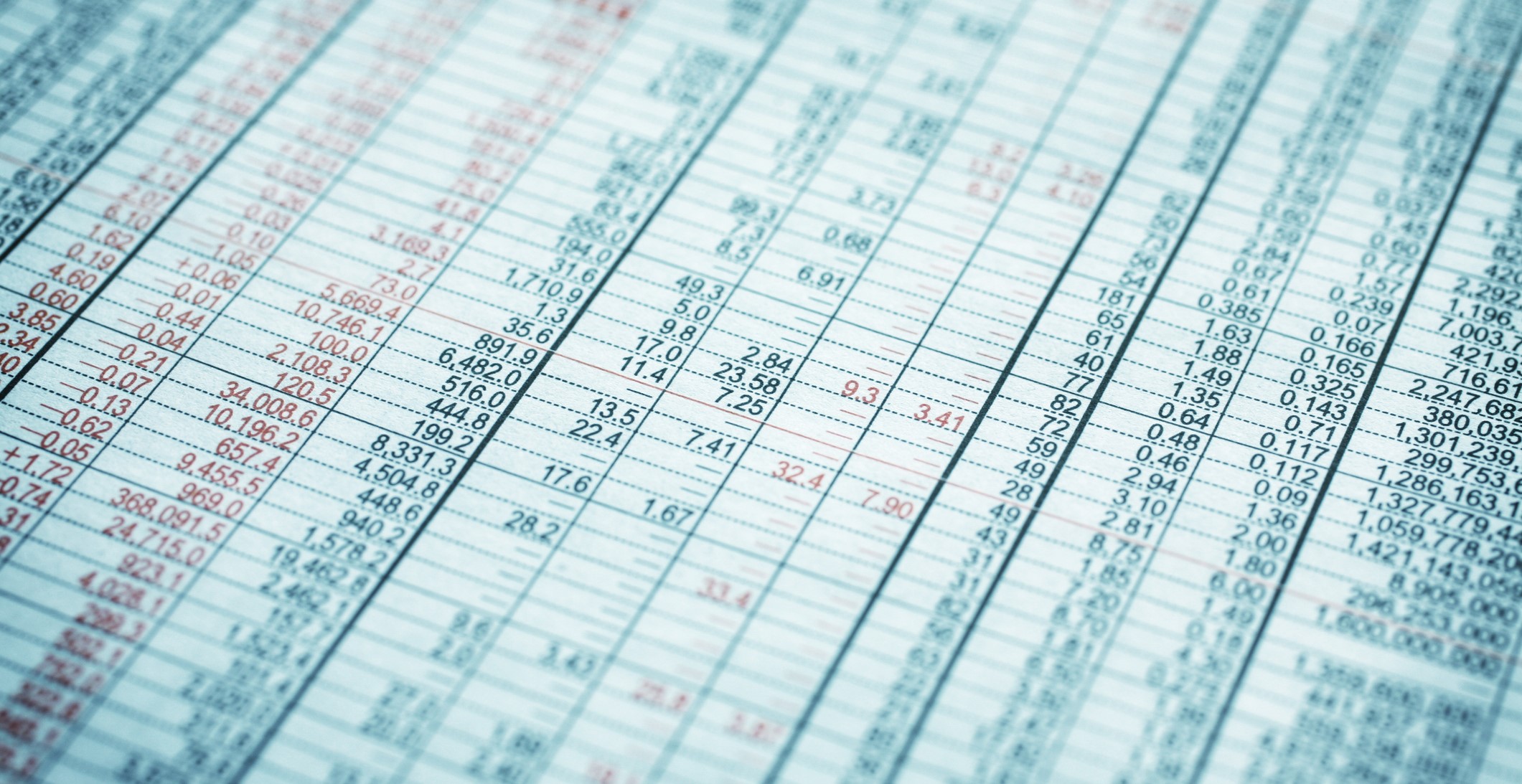“It is an extra dividend when you like the girl you’ve fallen in love with.”– CLARK GABLE
Investors seem to love dividends, and this love affair is as old as stock markets themselves. The first publicly-traded company, the Dutch East India Company, paid dividends to its shareholders for over 100 years from its inception in 1602, although payments were sometimes made in the form of spices or cloves in lieu of cash. Investors were eventually heartbroken when the dividends ended and the company was dissolved at the end of 1799, but the infatuation for dividends lives on to this day.
No free lunch
Investors who are infatuated with dividends are often shocked when they learn that the object of their infatuation is not what it appears. This is because most of the perceived benefits of dividends are merely an illusion. The payment of a dividend by a corporation is not a separate and distinct source of earnings as many investors believe. Rather, when a company pays a dividend, it is merely giving the shareholders back some of their own money.
If you find this notion bizarre, you are not alone; most investors have never paused to reflect upon this necessary fact of market pricing. Consider the following example: Suppose Company XYZ has a share price of $10 today and it pays a cash dividend of $1 tomorrow. All else being equal, the price of the stock will fall by the amount of the dividend as soon as it is paid, because the remaining assets of the company are now worth only $9. In other words, investors who own XYZ stock will still have $10 after the dividend is paid, only now they will have $1 of cash and $9 of stock.
Despite this necessary price adjustment, many investors still exhibit a strong attraction to dividend-paying stocks. Perhaps some view the dividend as a separate and distinct source of income, in addition to capital gains, which makes the dividend appealing as a sort of consolation prize if the capital gains do not materialize. Dividends also may appeal to “principal preservationists” – those investors who are willing to spend income from their portfolio, but who are hesitant to dip into principal. Although a dividend is actually a return of principal to the investor, it feels like an interest payment, and spending this “interest” seems to be less stressful than spending principal.
Dangerous liaisons
Even if you can come to terms with the true nature of dividends, a strong preference for dividend-paying stocks does have other implications. Since nearly half of all global stocks pay no dividends, if you only own dividend-paying stocks you are placing an unnecessary restriction on your ability to diversify. Also, the receipt of a dividend deprives the investor of choice. If you need cash flow from your portfolio, you can sell some shares of stock at any time and pay taxes only on the capital gains. But, if you do not need the cash flow, the payment of a dividend forces you to take a tax liability on the entire amount of the dividend in order to receive cash that you did not even want.
“…most of the perceived benefits of dividends are merely an illusion.”
Also, most investors who favor dividends perceive the cash payments as a form of safety. However, high-dividend stocks are not a proper substitute for conservative investment-grade bonds. Unlike bond interest payments, dividends can be reduced or eliminated whenever the company sees fit to do so, and this usually happens in times of financial crisis – just when the income and safety is needed most.
What’s love got to do with it?
We should clarify that we do not believe that investors should completely avoid dividend-paying stocks. A well-diversified portfolio will hold many companies that pay dividends and many that do not. If a company has excess cash flow and no immediate use for that cash, a dividend payment is a reasonable way to put that cash back into the hands of its investors.
It is, however, important to understand that there is nothing magic about dividends and that many investors love dividends for all the wrong reasons. Instead of depending on dividends to pay the bills, a wise investor will focus on total portfolio cash flow, which can include dividends as well as interest, capital gains, or even a withdrawal of principal. A hard and fast rule that favors dividends over these other sources of cash places unnecessary constraints on a portfolio that usually result in lower diversification, higher risk, and higher tax bills.
And, while we advocate simplicity in investing, in the case of dividend stocks we want to caution against over-simplification. With the help of an experienced financial planner, you can develop a plan that uses dividends as well as other sources of cash to generate exactly the funds you need, only when you need them, in the most efficient way possible.
The original version of this article was written by Heritage for the July 2017 edition of The Light, a local magazine serving Broward County, Florida.


